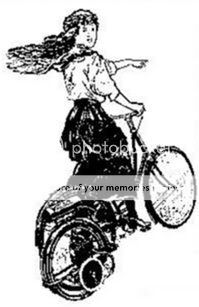S
Sianelle
Guest
Annie (Sianelle), I'm glad to hear that you're health is improving, and I hope it continues to do so. Knowing your mechanical expertise, I have no doubt you'll find the components to make a motor wheel. By the way, how is the All-Electric Hercules running?
The All-Electric-Hercules is running wonderfully well and has been a thoroughly reliable means of transport for me. The hubmotor kit has had considerable use and has always been completely reliable. For local use an e.bike can't be beat in my opinion, but out here in the country with longer distances between towns I'm going to need a motored bicycle if I want to venture further afield.
I know they're strange devices, but I think I'm going to have a lot of fun building motor wheels

Last edited by a moderator:

